The world is full of zombies and the survivors have barricaded themselves inside a walled city to keep out the living dead. As the wealthy hide out in skyscrapers and […]
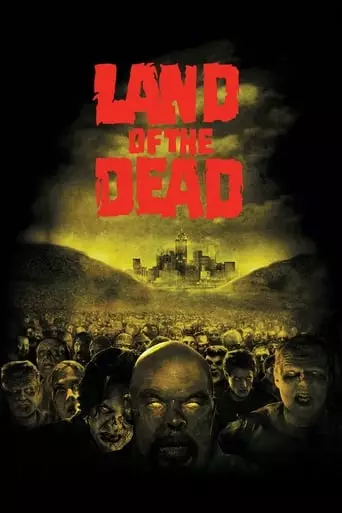
The world is full of zombies and the survivors have barricaded themselves inside a walled city to keep out the living dead. As the wealthy hide out in skyscrapers and […]
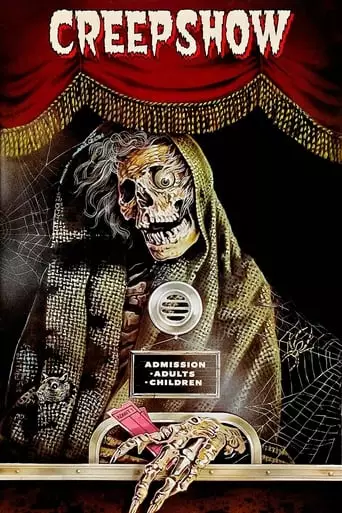
Inspired by the E.C. comics of the 1950s, George A. Romero and Stephen King bring five tales of terror to the screen.
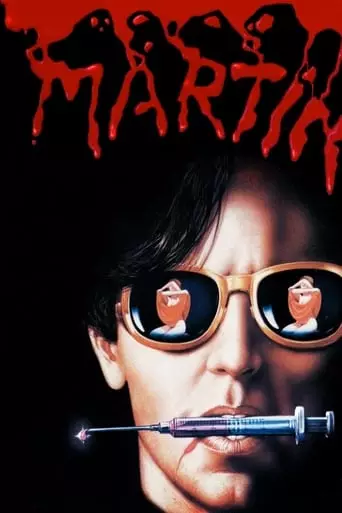
Martin, who believes himself to be a vampire, goes to live with his elderly and hostile cousin in a small Pennsylvania town where he tries to redeem his blood-craving urges.
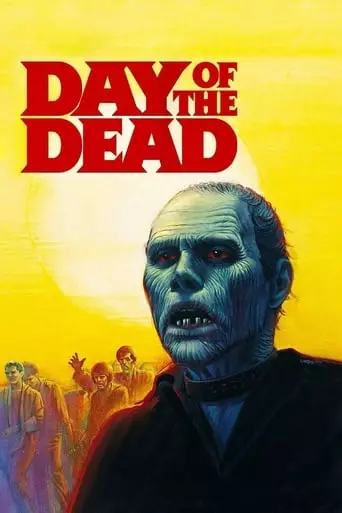
Trapped in a missile silo, a small team of scientists, civilians, and trigger-happy soldiers battle desperately to ensure the survival of the human race. However, the tension inside the base […]
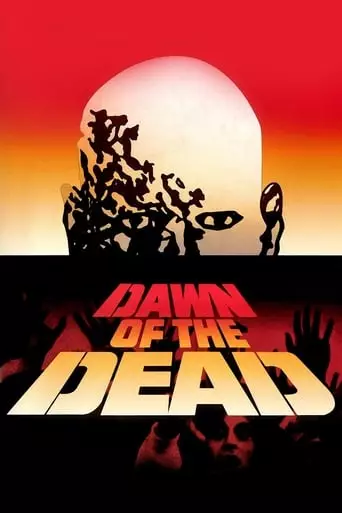
During an ever-growing epidemic of zombies that have risen from the dead, two Philadelphia SWAT team members, a traffic reporter, and his television-executive girlfriend seek refuge in a secluded shopping […]
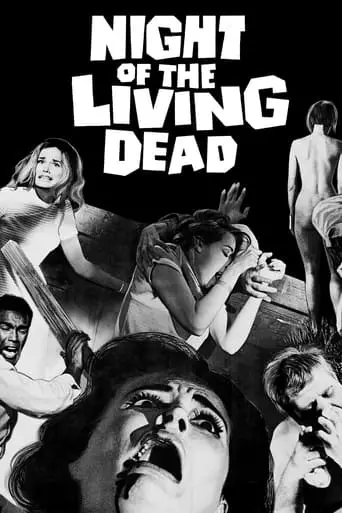
A disparate group of individuals takes refuge in an abandoned house when corpses begin to leave the graveyard in search of fresh human bodies to devour. The pragmatic Ben does […]
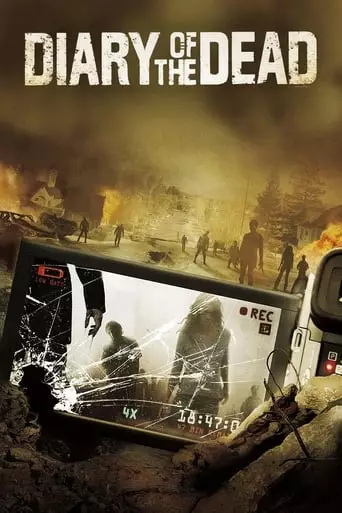
A group of young film students run into real-life zombies while filming a horror movie of their own.
George A. Romero: The Godfather of Zombie Cinema
George A. Romero was a visionary filmmaker whose work forever changed the horror genre. Known as the “Godfather of Zombie Cinema,” Romero’s films used the undead as a lens to explore societal issues, leaving an indelible mark on both popular culture and the cinematic landscape. His groundbreaking work paved the way for countless filmmakers and redefined the potential of horror as a medium for social commentary.
Early Life and Entry into Filmmaking
George Andrew Romero was born on February 4, 1940, in The Bronx, New York City, to a Cuban father and a Lithuanian-American mother. From an early age, Romero displayed a passion for storytelling, creating home movies with an 8mm camera. He later attended Carnegie Mellon University in Pittsburgh, Pennsylvania, where he studied art and design.
After graduating, Romero began his career in filmmaking by shooting commercials and industrial films in Pittsburgh. It was during this period that he co-founded The Latent Image, a production company that would lead to the creation of his first feature film.
Night of the Living Dead: A Cinematic Revolution
In 1968, Romero and his collaborators, including writer John A. Russo, produced Night of the Living Dead on a modest budget of $114,000. The film, shot in black-and-white, told the story of a group of strangers trapped in a farmhouse during a zombie apocalypse.
Night of the Living Dead was a revolutionary work that introduced the modern concept of zombies: reanimated corpses driven by an insatiable hunger for human flesh. More than just a horror movie, the film served as a searing critique of 1960s America, tackling issues like racism, consumerism, and the Vietnam War.
The film’s ending, which featured the tragic death of its Black protagonist, Ben (played by Duane Jones), was a bold and shocking commentary on systemic racism. Despite its controversial themes and graphic content, Night of the Living Dead became a cultural phenomenon and a foundational work in the zombie genre.
Expanding the Zombie Mythos
Romero continued to explore the zombie genre with a series of films that expanded the mythology and deepened the social commentary:
Dawn of the Dead (1978): Set in a shopping mall during a zombie outbreak, this sequel explored themes of consumerism and societal decay. Its blend of gore, satire, and dark humor earned it critical acclaim and commercial success, solidifying Romero’s reputation as a master of the genre.
Day of the Dead (1985): This darker installment focused on the military-industrial complex and human nature’s propensity for violence, offering a grim look at the collapse of civilization.
Land of the Dead (2005): Romero’s return to the zombie genre after a 20-year hiatus, this film examined class disparity and social stratification in a post-apocalyptic world.
Diary of the Dead (2007) and Survival of the Dead (2009): These later films experimented with found footage and further explored the evolution of Romero’s zombie universe.
Beyond Zombies
While Romero is best known for his zombie films, he directed several other notable works that demonstrated his versatility as a filmmaker:
The Crazies (1973): A story about a viral outbreak causing madness, paranoia, and societal collapse, offering an early glimpse of themes Romero would later refine in his zombie films.
Martin (1976): A psychological horror film about a young man who believes he is a vampire, blending horror with psychological depth and ambiguity.
Creepshow (1982): A horror anthology film written by Stephen King, showcasing Romero’s ability to deliver campy, comic-book-style scares.
Legacy and Influence
Romero’s work redefined the horror genre, transforming zombies from supernatural creatures into allegorical figures representing societal fears and failures. His films were not only terrifying but also intellectually provocative, using horror as a platform to address issues such as racism, class conflict, consumerism, and governmental ineptitude.
Countless filmmakers, including John Carpenter, Guillermo del Toro, and Jordan Peele, have cited Romero as a major influence. The modern zombie craze, from The Walking Dead to World War Z, owes its existence to his groundbreaking vision.
A Lifelong Advocate for Independent Cinema
Romero was a staunch advocate for creative freedom and independent filmmaking. Despite the commercial success of his work, he often operated outside the Hollywood system, maintaining control over his films and staying true to his artistic vision.
Death and Posthumous Recognition
George A. Romero passed away on July 16, 2017, at the age of 77. His death marked the loss of a true pioneer, but his legacy lives on in the countless films, television shows, and video games inspired by his work.
Conclusion
George A. Romero’s films remain as relevant today as they were when they were first released. Through his innovative storytelling and fearless exploration of societal issues, he turned zombies into a powerful metaphor for the human condition. Romero was not just a master of horror—he was a master storyteller who used his art to challenge and provoke, leaving an indelible mark on cinema and culture.